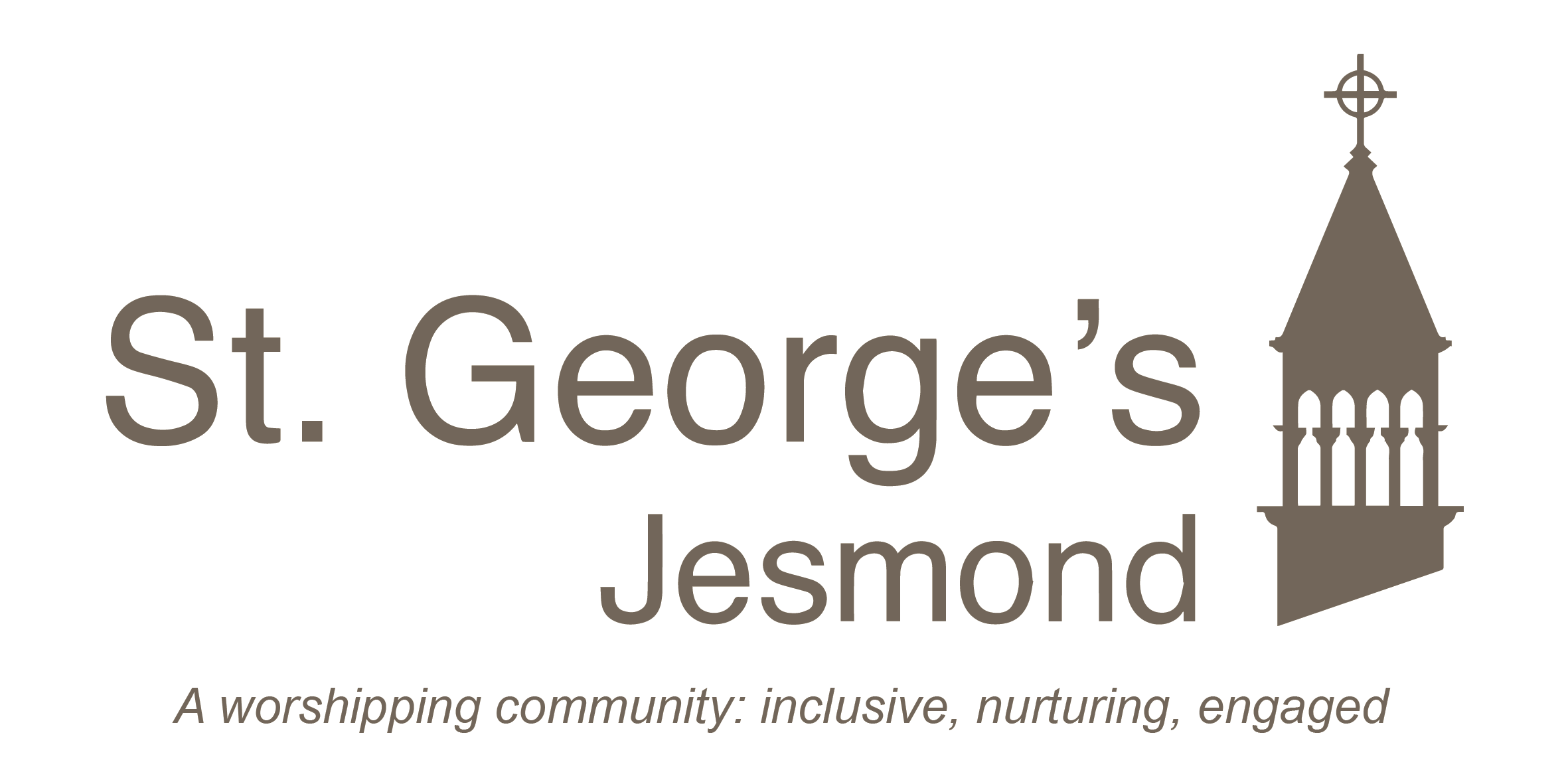What is Lent? The word comes from an old English word Lengten meaning ‘lengthen’. Lent is observed in spring, when the days begin to get longer (cf. modern German Lenz = springtime).
We celebrated the birth of Jesus at the darkest period of the year, only a day or two after the Winter Solstice. For thousands of years, the solstice has been a time of rejoicing – see https://www.telegraph.co.uk/christmas/2019/12/22/winter-solstice-2019-do-pagans-celebrate-shortest-day-year/ After the Winter Solstice – and after celebrating Christ’s birth – we look forward to lighter and warmer days as we begin to see signs of new growth in our gardens and parks.
The Spring Equinox (or Vernal Equinox) in late March, when the day and the night are of the same length, has long been a time for further celebration, often to do with fertility rites. You can find some details at https://metro.co.uk/2018/03/20/celebrate-the-spring-equinox-with-these-8-traditions-egg-laying-bunnies-to-the-horned-god-7388947/ Rituals involving eggs were often a part of these celebrations – and can be seen in our tradition of giving Easter Eggs.
Around this time, the church remembers Christ’s death on the cross on Good Friday (10th April this year) and his rising from the tomb on Easter Sunday 12th April). Easter is perhaps the greatest festival in the church year as it marks how Christ conquered death, bringing salvation and hope to us all. The forty days leading up to this great festival are a time of preparation, of self-discipline and of prayer.
The Collect (special prayer) for the first Sunday after Christmas points forward to this:
Almighty God, who wonderfully created us in your own image
and yet more wonderfully restored us through your Son Jesus Christ:
grant that, as he came to share in our humanity,
so we may share the life of his divinity;
who is alive and reigns with you, in the unity of the Holy Spirit,
one God, now and for ever, Amen.
